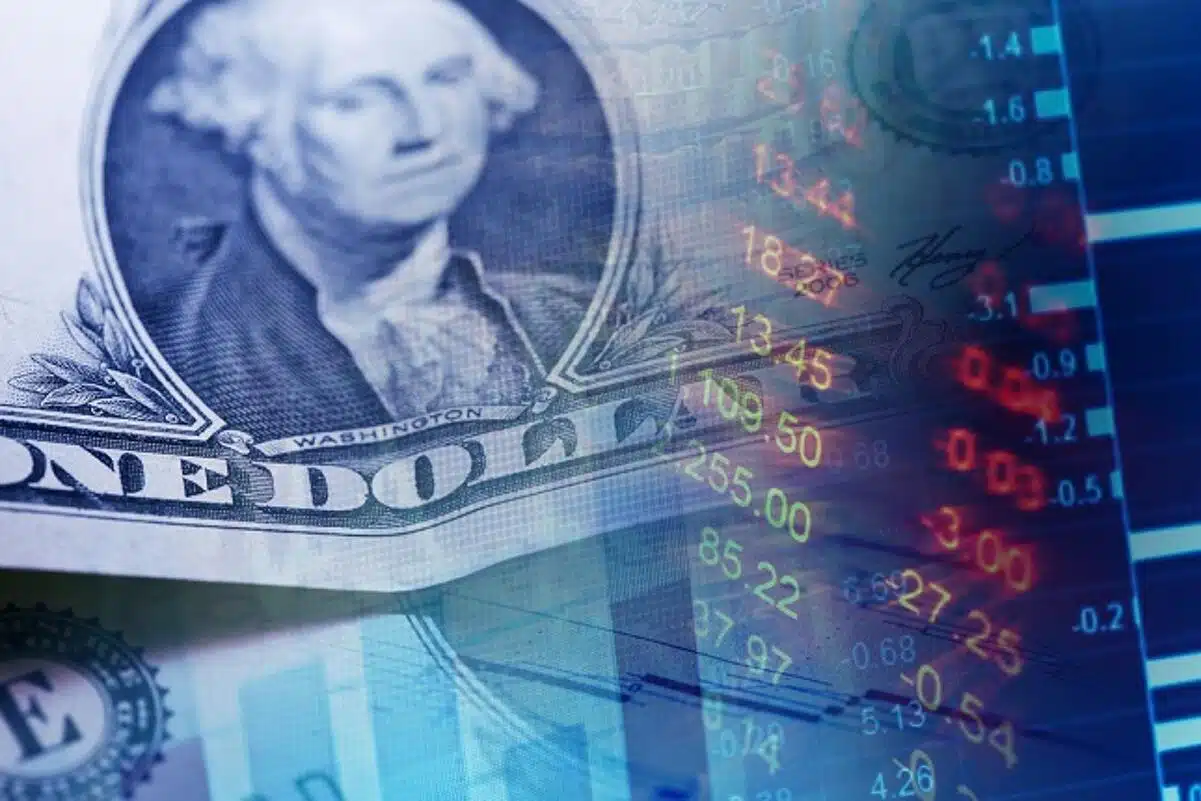The U.S. dollar showed an unexpected recovery in the wake of the latest employment data for August, which presented a mixed picture of the labor market. This turnaround in the dollar’s fortune unfolded amidst volatile trading sessions, reflecting investor sentiment and broader economic implications.
Mixed Signals from August Payrolls
The Labor Department’s report of a modest increase of 142,000 jobs in August, falling short of the expected 160,000, highlights a gradual deceleration in the labor market. This slowdown, further emphasized by the downward revision of July’s payrolls to 89,000 from 114,000, presents a mixed picture for the economy and financial markets.
The implications of this slower job growth are significant. For the economy, it suggests that businesses might be exercising caution in their hiring practices, potentially due to uncertainties such as inflation pressures, supply chain disruptions, or geopolitical tensions. This could lead to a tempered consumer spending environment, as employment and wage growth are crucial drivers of economic activity.
In the financial markets, the report has sparked diverse interpretations. On one hand, slower job growth might alleviate some pressure on the Federal Reserve to continue aggressive interest rate hikes, which could be seen as a positive for equities and borrowers. On the other hand, it could also raise concerns about the underlying health of the economy, causing investor sentiment to waver and possibly increasing volatility in the stock market.
Policymakers face a delicate balancing act in response to these figures. With inflation remaining a concern, they must carefully weigh the need to support economic growth against the risks of overheating the economy. Potential measures include targeted fiscal policies to stimulate specific sectors or support workforce development initiatives to address any mismatches in the labor market.
Overall, while the labor market’s deceleration might be interpreted as a sign of caution, it also underscores the complexity of navigating economic recovery in the current environment. Investors and policymakers alike will need to remain vigilant, adapting strategies to foster sustainable growth while managing emerging challenges.
Dollar’s Resilience and Interest Rate Speculation
Initially, the release of the jobs data led to a decline in the dollar against major currencies. However, the greenback soon regained momentum, bolstered by its status as a haven amidst a selloff in riskier assets like stocks. The Dollar Index edged up by 0.2%, signaling a degree of investor confidence in its stability.
Market participants are now scrutinizing the Federal Reserve’s potential response to these employment figures. A debate is simmering over whether the Fed will enact a 25 or 50-basis point rate cut at its September meeting. This uncertainty reflects the mixed nature of the jobs report, which can justify arguments for either a cautious or aggressive monetary easing approach.
Broader Market Implications
The employment report’s implications extend beyond currency markets, influencing global economic perceptions. The dollar’s performance against currencies like the euro and Japanese yen exemplifies the ongoing shifts in investor strategies, as they balance between safety and yield in a landscape marked by economic unpredictability.
The mixed data also interacts with other economic indicators, such as inflation and GDP growth, shaping expectations for the U.S. economy’s future trajectory. Traders’ confidence in the Fed’s ability to manage these dynamics will be pivotal in determining market reactions in the coming weeks.
Outlook for the Dollar and Economic Indicators
Looking ahead, the dollar’s path will likely hinge on further economic data releases and the Fed’s subsequent policy decisions. With Fed Chair Jerome Powell indicating a potential shift in focus from combating inflation to addressing labor market cooling, the central bank’s strategy will be closely monitored.
The interplay of these factors underscores the complex economic environment facing global markets. As investors navigate these waters, the dollar’s role as a barometer of economic health and policy direction remains as crucial as ever, influencing decisions across the financial landscape.


